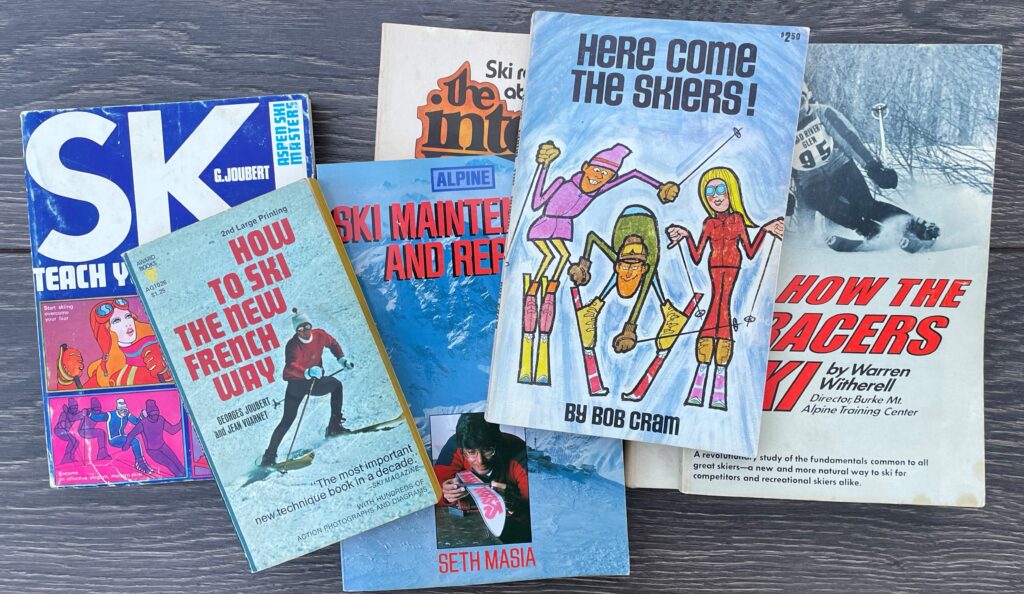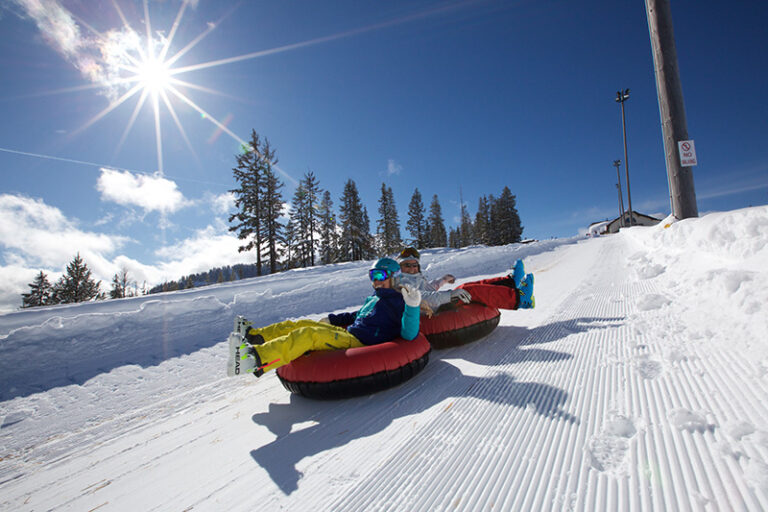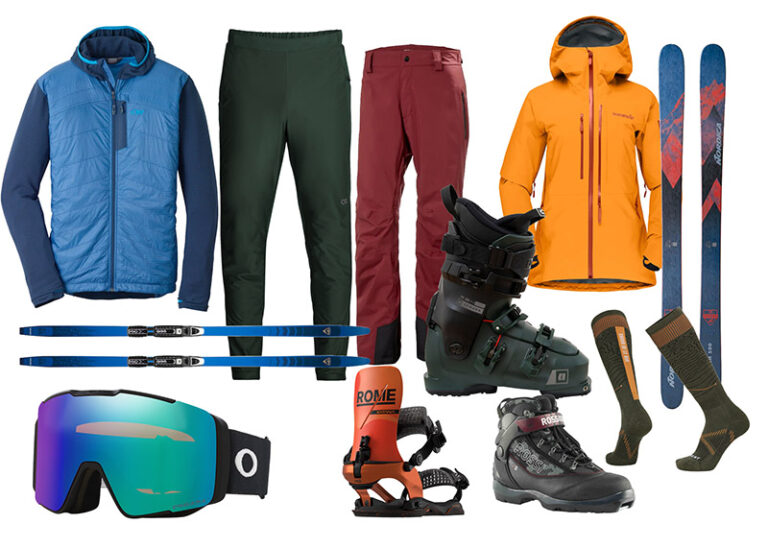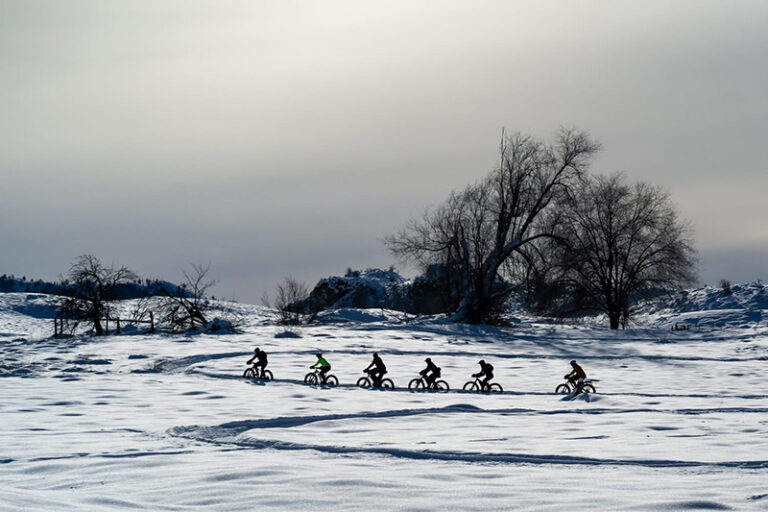This winter, a pile of books from the 70s and 80s that cover a range of skiing topics from ski racing, ski maintenance, and ski technique landed in my possession. A mutual friend (thanks Petey) connected me with Ted Rupp, an accomplished Inland Northwest skier, who was ready to pass the books on to someone else who would appreciate them.
Over the years I’ve become a casual collector of classic outdoors-themed literature and guidebooks. I enjoy so many things about books like these. From the images that paint a picture of the outdoor life that transpired before modern gear and in many cases before I was born, to the word choice and literary style used to explain technical outdoor skills.
So while I don’t intend to put the books’ teachings to a ton of practical use—even though I’m sure once I dig into them I will learn a few things—I was grateful to have them. There has to be some useful tips in “How to Ski The New French Way,” 80s-era “Ski Maintenance and Repair” by Seth Masia, or “How the Racers Ski.” And there are no doubt plenty of laughs waiting on the pages of “Here Come the Skiers,” a book of ski cartoons by the late Seattle artist Bob Cram. But above all for me, the allure of books like these is the historic glimpse they offer into ski culture from another era.
Rupp learned to ski in junior high at the now defunct North-South Ski Bowl near St. Maries, Idaho. “I pretty much taught myself to ski by watching the college students that taught there and imitating what I saw them doing,” he says. By the late 60s and 70s, Rupp was a ski instructor at Breckinridge, where his mentors included the likes of ski legends Trygve Berge and Stein Erickson. Later Rupp taught at Steamboat and eventually Schweitzer.

The ski books, which he picked up at book stores or ordered through the mail from ski magazines, were primarily a resource of techniques and jargon that he used to hone his teaching skills and check himself to see if what he was doing was what the authors were describing. Back in Rupp’s ski instructor days, people who were serious about skiing either had instruction books or at least read them and were familiar with the contents, he says. “As I recall, the main thing that was happening in skiing at that time is that my earlier gear had required the use of counter rotation in a turn so that the skier was looking downhill toward the inside shoulder, which was pointed at the tip of the skis.”
Rupp bought his first pair of skis for $30 around 1965, a set of laminated wood boards with P-Tex bases and screw on sectional edges. Henke had just started making buckle boots in the 50s, says Rupp, and the era of leather lace boots was on its way out. Books like these, he says, came out to adjust to stiffer boots that allowed for more side-to-side angulation at the hips and a more square posture looking down the hill.
“Ski the New French Way” and “Teach Yourself to Ski” both emphasized “a more square-and-balanced stance on the skis.” Warren Witherell’s book, “How the Racers Ski,” was “useful when I was teaching in that it helped with diagnosing student problems and helping to correct any issues they may have had.” Ski equipment has continued to evolve in recent decades, making the sport more accessible to anyone who wants to learn. Yet the importance of expert advice and instruction when it comes to learning to ski or improving on one’s skills, whether it’s gleaned from a book, online videos, or an in-person lesson, remains invaluable.
Derrick Knowles is co-publisher and editor-in-chief. He lives in Spokane with his wife (and co-publisher and OTO visual editor), Shallan, and their young son and dog, Fernie. He enjoys backcountry (and in-bounds) alpine skiing, camping, biking, running, backpacking, bikepacking, and pretty much all other outdoor recreation. Follow his adventures on Instagram, @van_derrick_pnw.
[Feature photo: Vintage ski books. // Photo: Shallan Knowles.]













